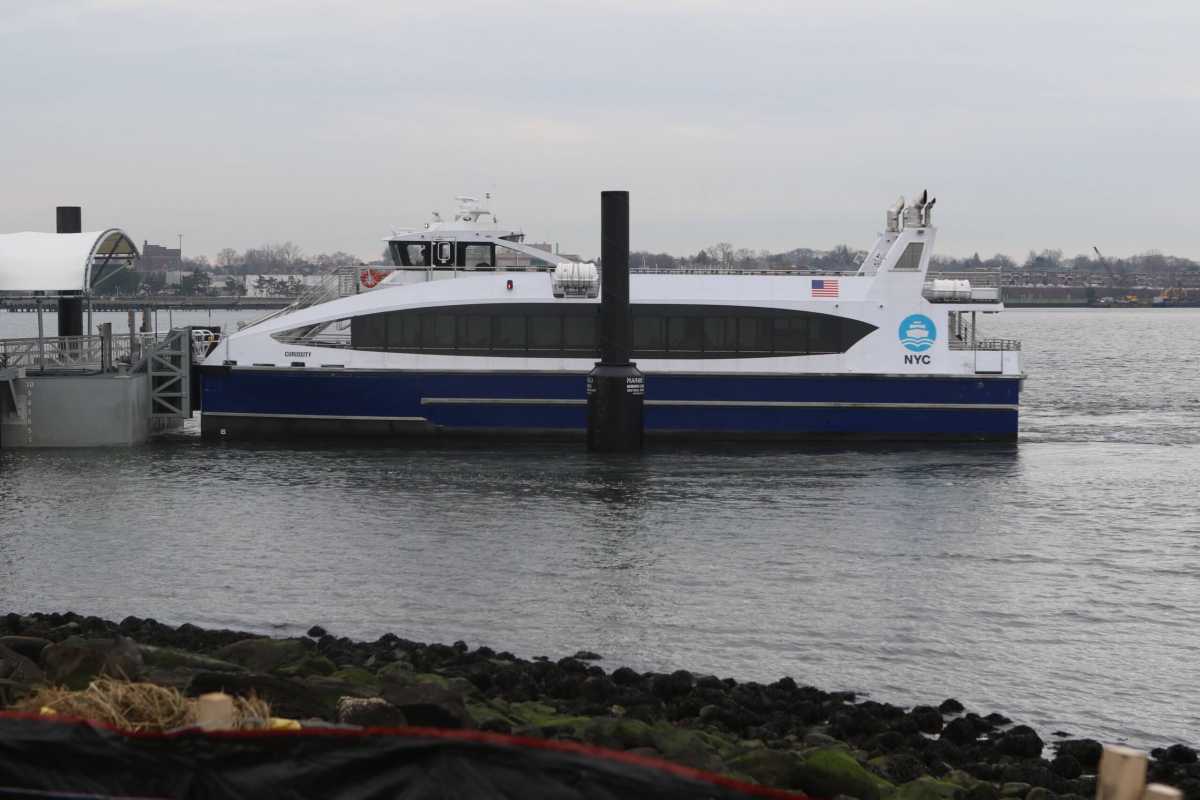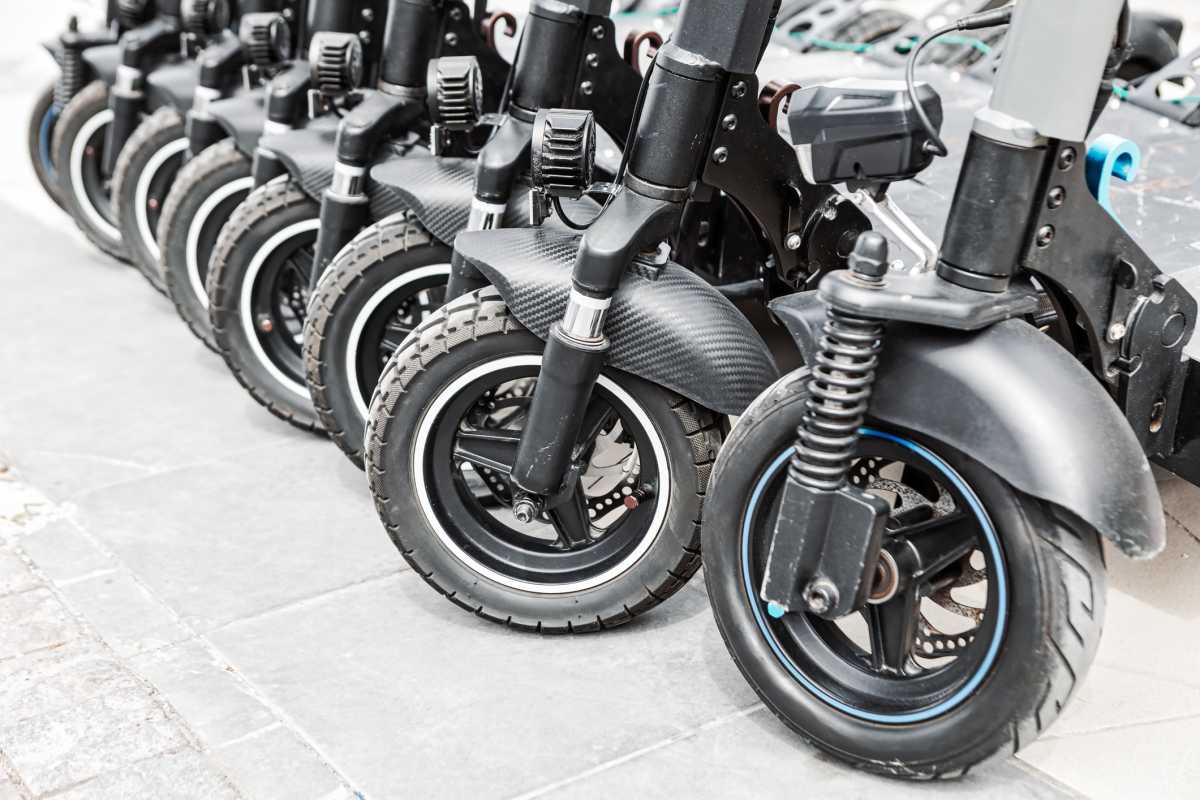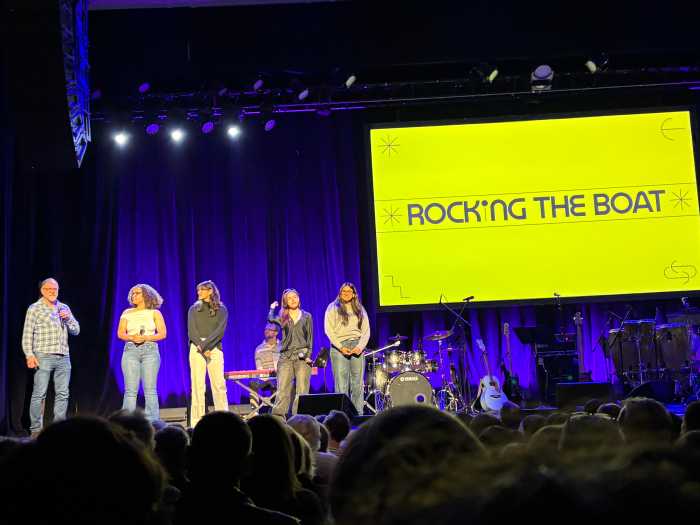Add “New NYC Ferry landing in Throggs Neck hailed as ‘game changer’ for commuters” for Throggs Neck and other nearby Bronx residents to the roster of the NYC Economic Development Corporation’s (EDC) private ferry operator program. Thousands of pre COVID-19 riders on a daily basis utilize ferries sponsored by the EDC private ferry program.
The program connects various waterfront neighborhoods including Soundview in the Bronx; Astoria, Long Island City, Roosevelt Island and Rockaways in Queens; East 79th Street, East 34th Street, Pier 11 Wall Street and Governors Island in Manhattan; and also Greenpoint, Williamsburg, Brooklyn Bridge, Brooklyn Army Terminal and Bay Ridge in Brooklyn. The program also connects St. George Ferry Terminal in Staten Island to Pier 79 West 39th Street in Midtown Manhattan, with an intermediate stop in Battery Park City adjacent to the World Trade Center. Later this year, additional service will begin from Coney Island and Staten Island South Shore.
Federal Transit Administration (FTA) grant recipients such as DOT can choose to spend whatever they receive under their share of Fiscal Year 2022, Section 5307 — Urbanized Area Formula Grants — or Section 5337 — State of Good Repair Grants — for ferry projects. They can also apply for the FTA’s annual national discretionary Passenger Ferry Grants program. The Federal Highway Administration has funding under several programs including Congestion Mitigation Air Quality, Surface Transportation Block Grant program and others which can be flexed or transferred to FTA and also finance capital ferry projects.
NYC can also apply for capital grants from the state DOT to assist in funding; Albany also provides state Transportation Operating Assistance. Ridership on any transit service generates yearly federal transportation capital assistance via the annual FTA Section 15 annual reporting process. Numerous past private ferry operators have come and gone. They could not financially survive without government subsidy. MTA bus, subway and commuter rail along with the NYC DOT-operated Staten Island Ferry are subsidized by a combination of city, state and federal assistance for both capital and operating costs. All new ferry services require similar subsidies to survive.
New ferry services can be implemented more quickly than construction of new subway, commuter rail or highways. These can take years or even decades until completion of environmental reviews, planning, design, engineering, real estate acquisition, permits, procurements and construction before reaching beneficial use. Completing all of the above, along with finding funding for ferry boats, docks and parking with costs in the millions is easier than finding the billions of dollars for construction of new or extended subway, commuter rail or highways. Utilization of ferry boats equipped with fuel efficient engines can make a positive contribution to air quality.
Farebox recovery rates vary based upon the trip, route and time of day. Any rush hour local or express bus, light rail, subway, ferry, commuter rail trip carries more riders than midday, evening, overnight or weekends. Rush hour trips tend to have a better farebox recovery rate and require less subsidy. There is always a fixed cost per hour for any mode of transportation to includes equipment (bus, subway car, train or ferry purchase), straight line depreciation of equipment over time and mileage as well as driver, engineer or ferry boat captain’s salary, conductors, ticket takers, deck hands, fuel or power and maintenance of equipment.
NYC Mayor Eric Adams needs to convince the MTA Board to support the EDC private ferry program fare structure of $2.75 per ride to also include cross honoring a free transfer to a bus or subway using the old MTA Metro or new One New York (OMNY) fare card.
Who wouldn’t want to enjoy the fresh air and breeze that only waterborne transportation can provide.
Larry Penner is a transportation advocate, historian and writer who previously worked for the Federal Transit Administration Region 2 New York Office.
























